Programs
Learn all aspects of the upstream petroleum industry, including exploration and economic analysis. Designed for students with technical degrees or diplomas.
- Program length:
- 2 years
- Location:
- In person (Main Campus)
- Faculty:
- MacPhail School of Energy

Study the business side of the energy industry to prepare for a career in mineral and surface land management, well asset management or operations accounting.
- Program length:
- 2 years
- Location:
- In person (Main Campus)
- Faculty:
- MacPhail School of Energy

Coordinate and act as a liaison between corporations, land owners, regulators and government departments using skills developed through hands-on learning.
- Program length:
- 1 year
- Location:
- Online
- Faculty:
- MacPhail School of Energy
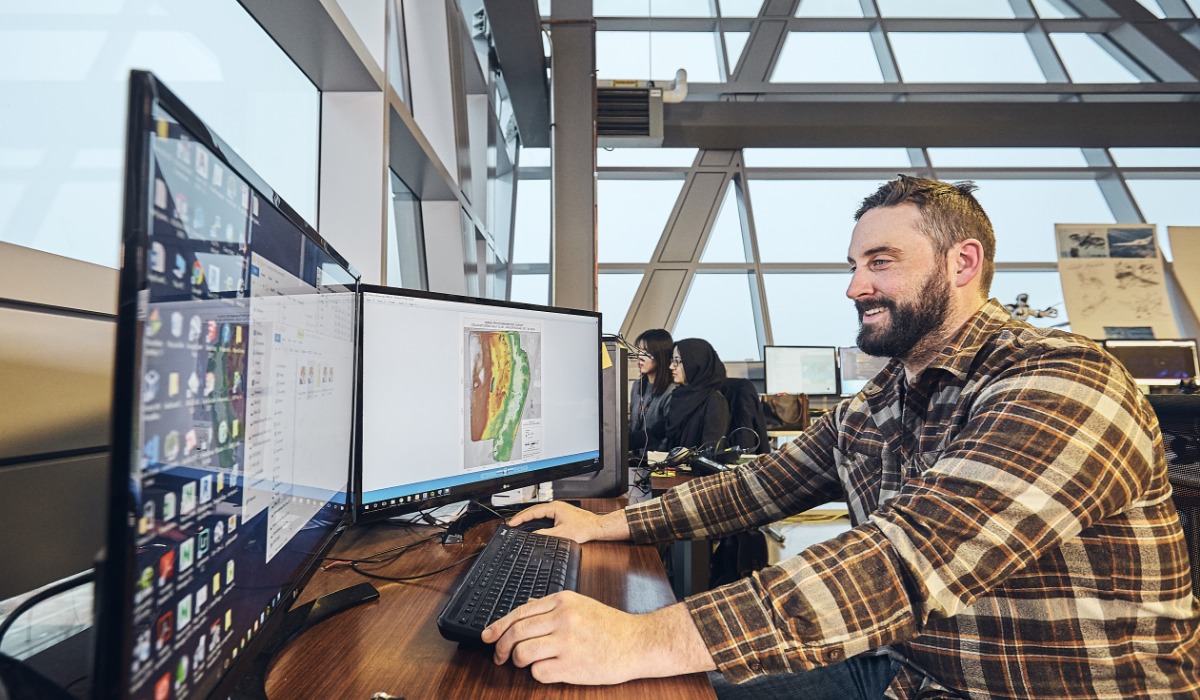
Study all areas of the upstream petroleum industry, from exploration and drilling to field operations and economic analysis, for a career in oil and gas production.
- Program length:
- 2 years
- Location:
- In person (Main Campus)
- Faculty:
- MacPhail School of Energy
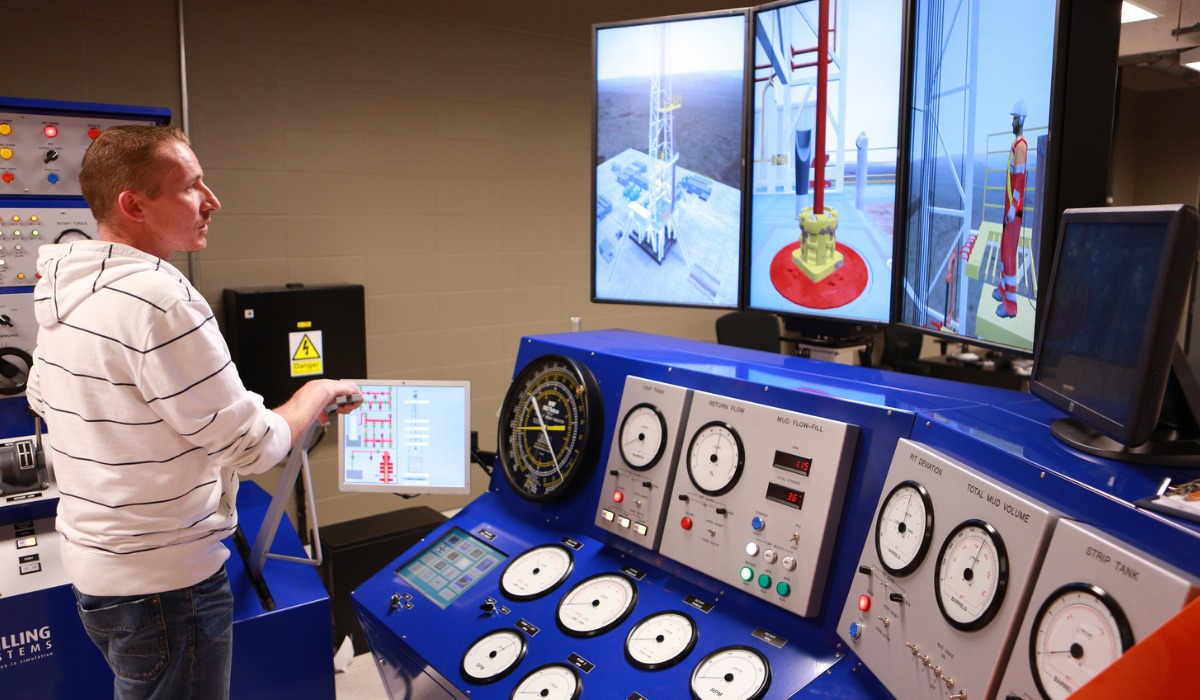
Petroleum Land Administration provides niche training for those looking for employment in the energy asset management field.
- Program length:
- 1 to 5 years
- Location:
- Online
- Faculty:
- MacPhail School of Energy
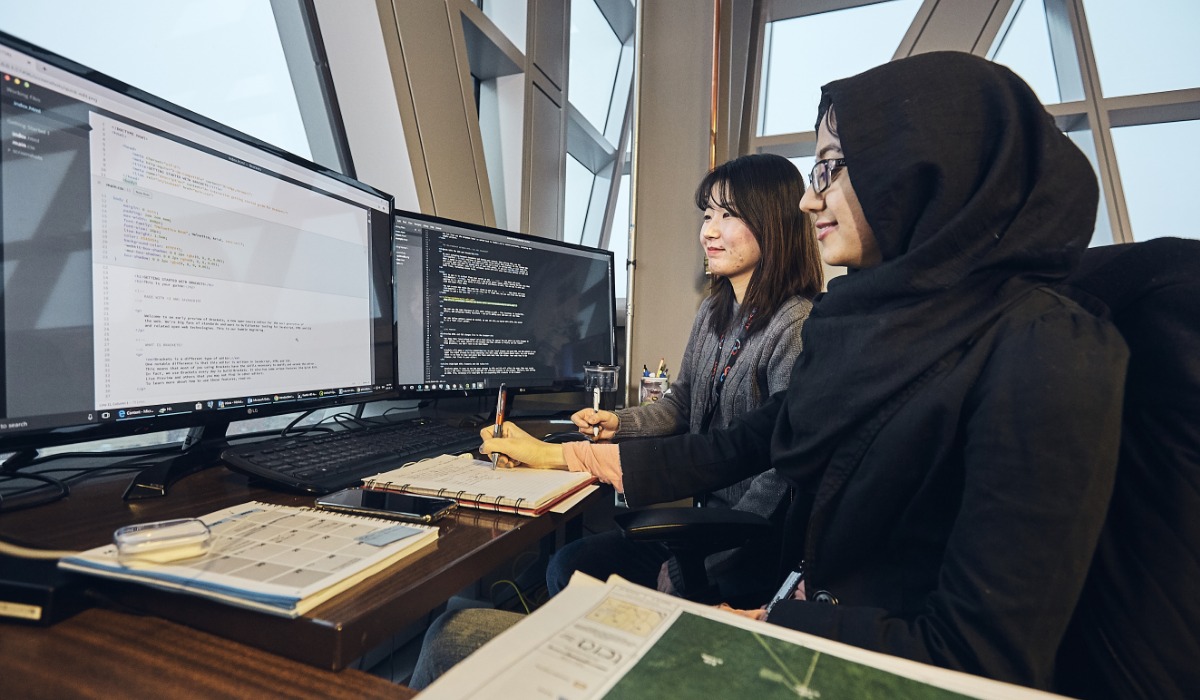
Cutting-edge learning facilities
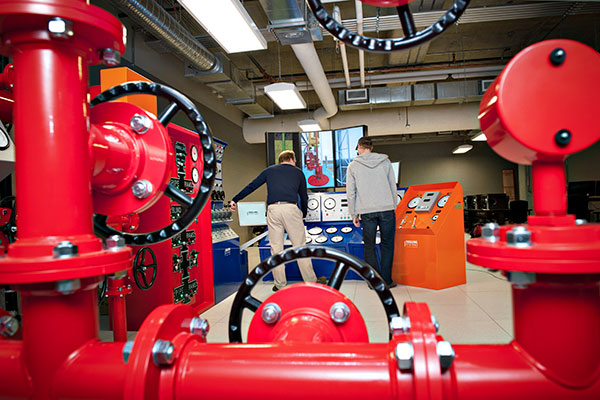 Mathison Drilling and Geoscience Lab Suite
Mathison Drilling and Geoscience Lab Suite
Equipped with a one-of-a-kind drilling simulator, you'll have a chance to use advanced software and 3D graphics to create immersive visualizations of downhole drilling dynamics as part of our Bachelor of Applied Technology Petroleum Engineering and Petroleum Engineering Technology programs.
You can also train on another prominent component, a Digital CTS 5000 Coil Tubing simulator that allows students to apply their knowledge to situations they will experience in industry. This and other innovative training equipment allow us to run alongside the industry as new technologies emerge, helping to ensure a steady stream of tech-savvy graduates who are well-versed in the most current oil sands and SAGD processes.
The Mathison Drilling and Geoscience Lab Suite includes a drilling simulator, a coil tubing simulator and more production-related equipment.
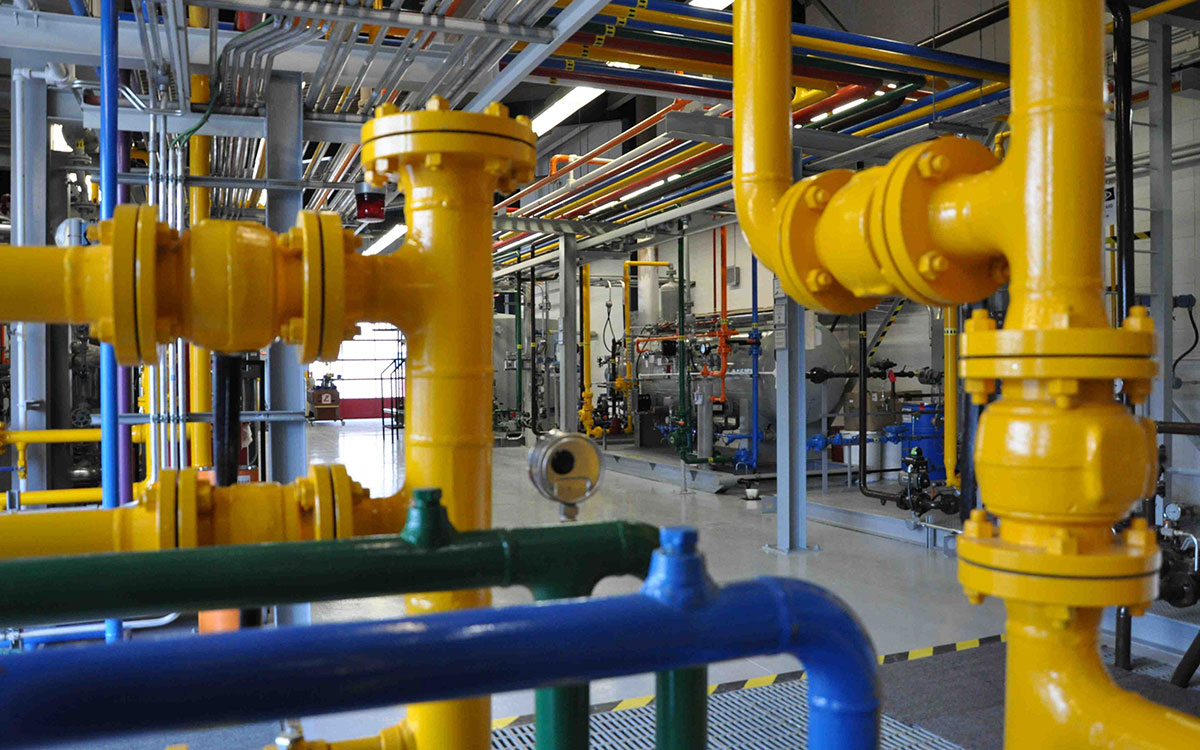 Rance Fisher Wellsite Production Education Centre
Rance Fisher Wellsite Production Education Centre
The Rance Fisher Wells Production Education Centre is a state-of-the-art training facility used by MacPhail School of Energy students across multiple programs and many of our industrial clients.
In addition to extensive drilling, service, processing and control equipment, the wellsite is home to a modern 37-seat classroom where you will learn about all aspects of wellsite production and best practices.
Contact us
MacPhail School of Energy
KA440, Johnson-Cobbe Energy Centre, SAIT Main Campus
-
Phone - 403.284.8451
-
Phone - 403.284.8262 (fax)
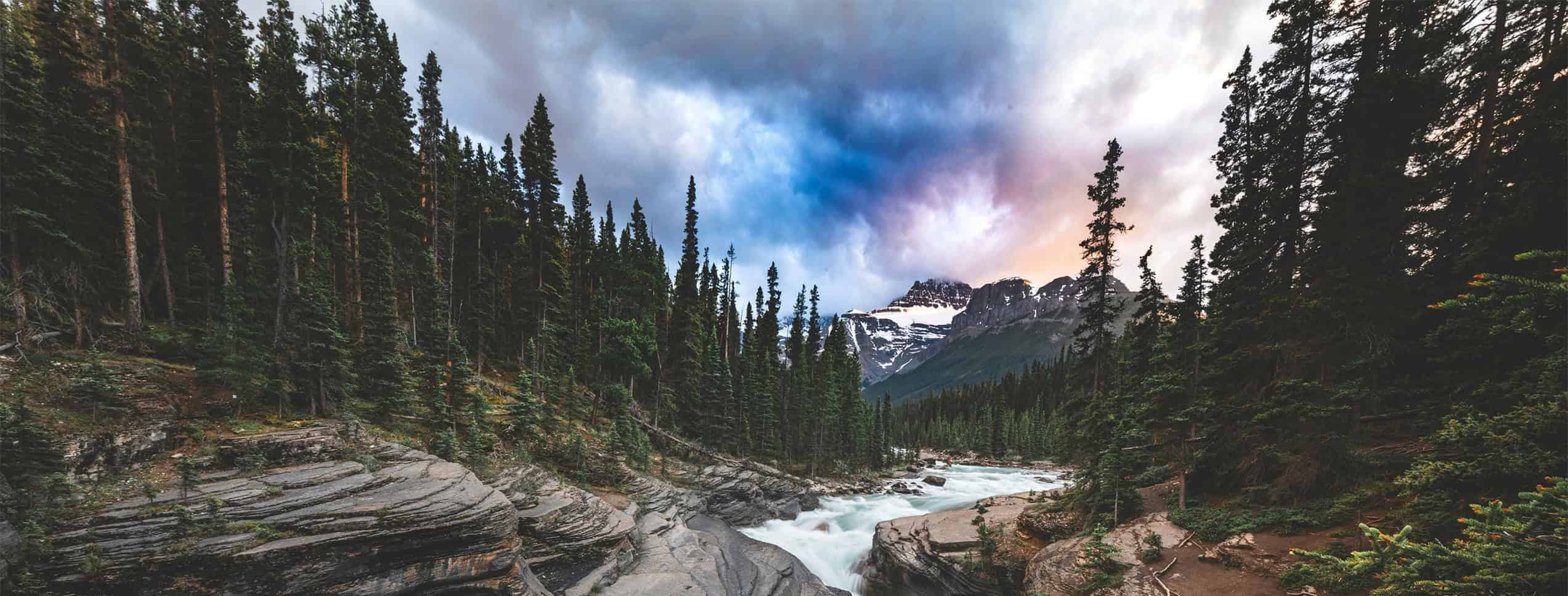
Oki, Âba wathtech, Danit'ada, Tawnshi, Hello.
SAIT is located on the traditional territories of the Niitsitapi (Blackfoot) and the people of Treaty 7 which includes the Siksika, the Piikani, the Kainai, the Tsuut’ina and the Îyârhe Nakoda of Bearspaw, Chiniki and Goodstoney.
We are situated in an area the Blackfoot tribes traditionally called Moh’kinsstis, where the Bow River meets the Elbow River. We now call it the city of Calgary, which is also home to the Métis Nation of Alberta.
